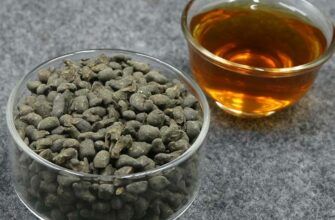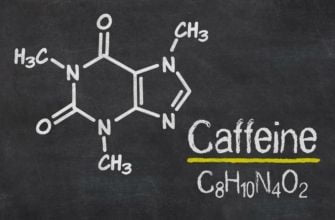Molybdenum is a mineral significant for the human body, a participant in many life processes. Molybdenum is mined by man from a mineral called molybdenite, which resembles graphite. By the way, molybdenum also has a similar appearance. The human body also does not contain molybdenum as such - only its compounds are present here. Interacting with sulfur, these compounds enter the bloodstream.
What is special about molybdenum
Molybdenum is an assistant to antioxidants, such as vitamin C. In addition, it promotes the growth of various tissues, improves the metabolic process and has a positive effect on blood composition. At the same time, molybdenum, which is found in foods, is effective: thanks to it, gout is prevented, since it increases the rate of breakdown of purines and removes uric acid. Molybdenum-containing drugs can also act the other way around and cause gout.
Molybdenum also helps in maintaining fluoride stores, which is great for tooth enamel. By the way, molybdenum saves men from impotence.
How much is required?
In the circles of scientists, there is still no unambiguous decision on this issue at 100%. Most scientists agree that the daily rate of molybdenum directly depends on the weight and characteristics of the organism, but in any case it is approximately 75–250 mcg. But, according to other scientists, the body needs up to 0.4 mg of this mineral per day.
Where to get?
Dairy products hold the record for molybdenum content. It is also found in vegetables such as cabbage and spinach, as well as in the liver of various animals. The mineral molybdenite itself can be found via the Internet, for example, in the catalog of goods from Allbiz. By the way, it has a wide enough area for application: from agriculture (fertilizer) to the creation of pipes / boilers. You can find it in ordinary incandescent light bulbs, and in drugs to combat insomnia.
Molybdenite itself is a hydrothermal mineral found in China, Mexico, the USA, Chile and some other countries. Its history begins in 1758 when this element was discovered by Axel Frederic Kronstedt. Its further study led to the production of the so-called molybdic acid.
Read more:





